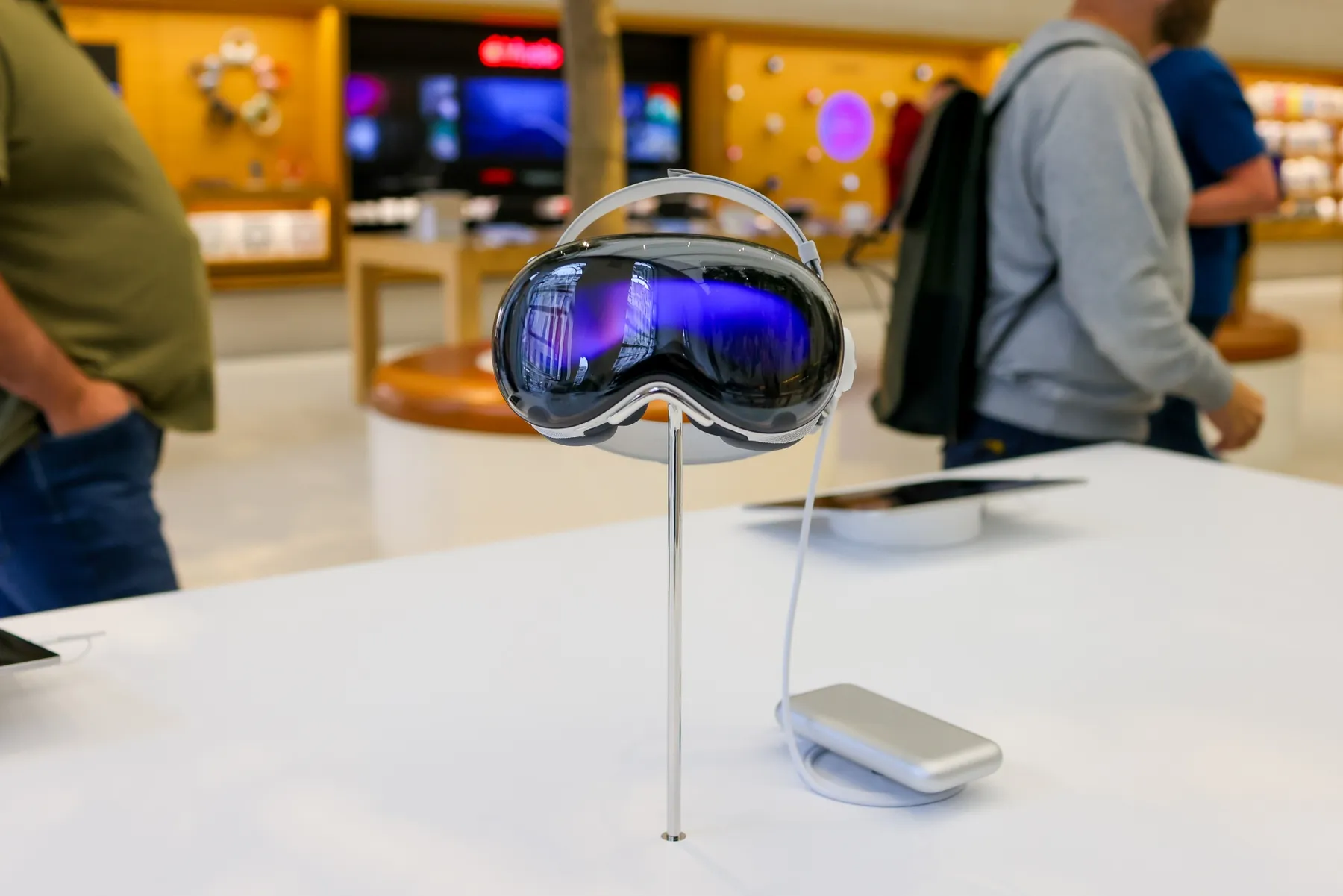In a significant departure from its traditional designs, Intel has unveiled its next-generation Meteor Lake laptop processors. Set to launch on December 14, these processors promise a radical shift in architecture and performance.
Key Highlights:
- Chiplet-based Design: Unlike the monolithic designs of the past, Meteor Lake adopts a chiplet-based approach. The CPU is divided into four tiles, connected by a fifth base tile, using Intel’s Foveros packaging technology.
- Diverse Manufacturing: Not all tiles in Meteor Lake are Intel-made. While the compute tile uses Intel’s new 4 process, the graphics tile is crafted on a 5 nm TSMC process. The IO and SOC tiles, on the other hand, utilize a 6 nm TSMC process.
- Enhanced Graphics: The graphics tile is essentially an integrated version of Intel’s Arc dedicated GPU, boasting hardware ray-tracing acceleration.
- Evolving E-cores: Meteor Lake introduces two types of e-cores. The SOC tile houses two low-power (LP) e-cores, optimized for energy efficiency. Intel’s updated Thread Director aims to utilize these e-cores for as many tasks as possible, ensuring power-intensive tiles like the compute and graphics tiles remain powered down when not needed.
- Future of Intel: This collaboration with TSMC, a rival chipmaker, underscores Intel’s commitment to innovation. While Intel aims to catch up with TSMC’s manufacturing prowess, the company envisions its foundry operations as pivotal for future growth.
In Conclusion:
- Intel’s Meteor Lake processors represent a bold step forward, embracing chiplet-based designs and diverse manufacturing processes.
- The enhanced graphics capabilities, coupled with the innovative use of e-cores, promise a blend of performance and power efficiency.
- As Intel continues its journey, collaborations like the one with TSMC may pave the way for future advancements in the semiconductor industry.
Stay tuned for more updates on Intel’s Meteor Lake and its impact on the laptop market.








Add Comment